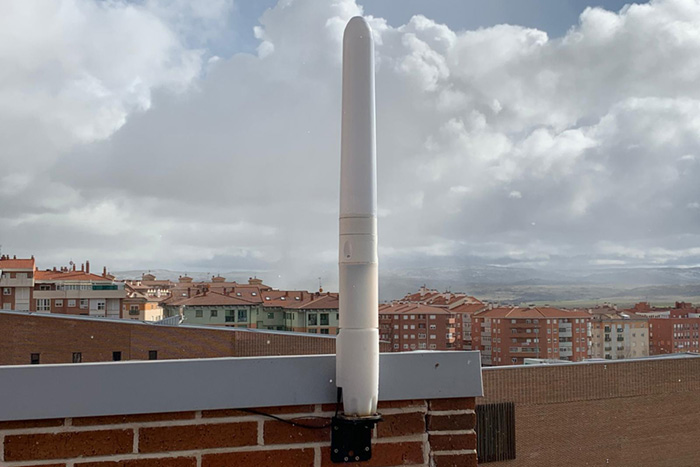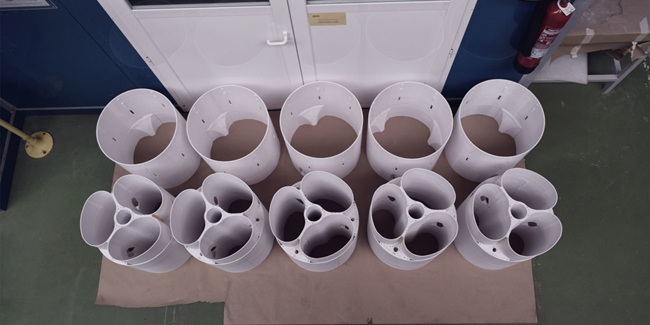Revolutionizing Wind Power With Bladeless & Other New Tech
November 21, 2025

Vortex Bladeless is pioneering the development of conical, bladeless wind turbines that utilize vorticity, an effect that creates a vortex to convert wind energy to electricity.
Dear EarthTalk: What’s new on the horizon for wind energy? —R.H.K., Newport, RI
Wind power, a renewable energy source generated from wind turbines, is expected to become significantly more efficient in the coming future. Experts have long been researching, improving and rethinking the structure of wind turbines and wind farms for maximum efficiency.

Recently, a team at Massachusetts Institute of Technology (MIT) improved on the Momentum Theory, devised in the 19th century to model how rotors move in an environment. Many factors go into operating a wind farm, like continuously monitoring and changing the direction, angle and rotational speed of the turbines. By advancing this mathematical model, the MIT team devised a tool that allows wind farm operators to make more precise adjustments to maximize energy production. “This is what we’re so excited about, is that it has immediate and direct potential for impact across the value chain of wind power,” says Michael Howland, an Assistant Professor of Civil and Environmental Engineering at MIT.
Improvements to conventional turbines also show promise. For example, producing turbines with longer blades allows each turbine to capture more energy. Creating taller towers enables generating electricity from the stronger winds that exist at higher heights. Another feasible development is “wake steering,” which purposefully misaligns turbines with the direction of the airflow in order to generate more energy.
Some companies are innovating beyond the familiar wind turbine, such as Vortex Bladeless, a start-up that has engineered a conical, bladeless wind turbine that utilizes vorticity, an effect that creates a vortex. Vorticity is often avoided because it can cause oscillation, movements back and forth. But David Suriol, a Vortex Bladeless’ founder argues, “why don’t we try to use this energy, not avoid it.”
Another way to generate more energy is to create turbines so they can harness energy in less windy places that don’t have the space for wind farms, like large cities. Some scientists want to harnessing wind power on the ocean with offshore turbines that float on platforms tethered to the ocean floor.
Although there have been great advancements by researchers, scientists and engineers, there is still strong resistance from people across the country.
Policy makers have the important role of developing public knowledge and experience with wind energy, especially in places that are not typically wind-harvesting areas.
If you are interested in wind energy’s progression, take the time to educate yourself, friends, family and community about wind energy and the potential it has. In addition, you can contact elected officials to support wind energy legislation in the country.

CONTACTS
The Future of Wind Turbines? No Blades
EarthTalk® is produced by Roddy Scheer & Doug Moss for the 501(c)3 nonprofit EarthTalk. See more at https://emagazine.com. To donate, visit https://earthtalk.org. Send questions to: question@earthtalk.org.
